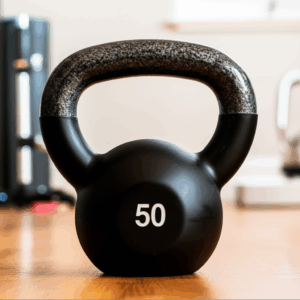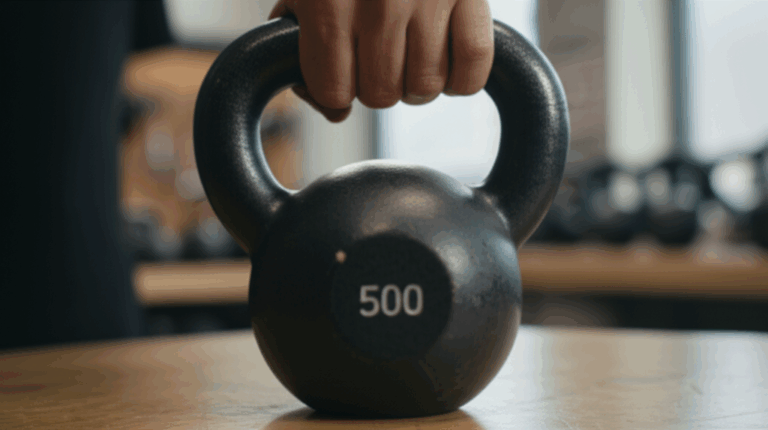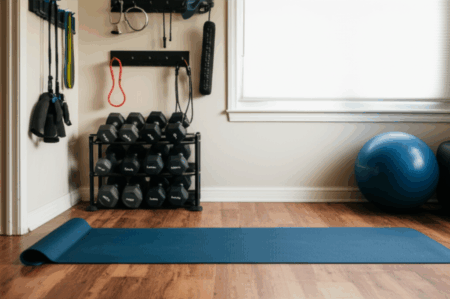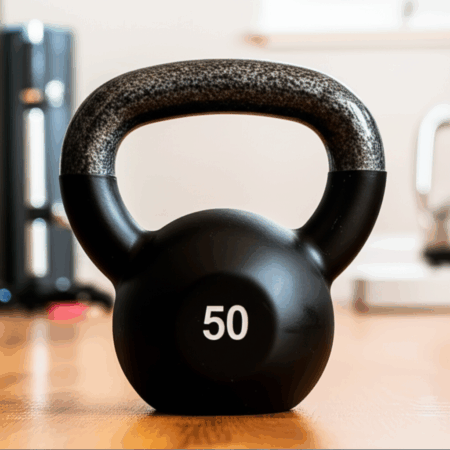Kettlebells have solidified their place as a staple in effective fitness routines, offering a dynamic tool for building strength, endurance, balance, and flexibility. Their versatility allows for full-body workouts, engaging multiple muscle groups simultaneously and providing a powerful cardiovascular response. From ballistic movements like swings and snatches to foundational exercises like squats and presses, kettlebells are a compact yet comprehensive solution for home gyms and commercial facilities alike. Given their significant benefits, understanding how to find quality kettlebells at optimal prices is crucial for any fitness enthusiast.
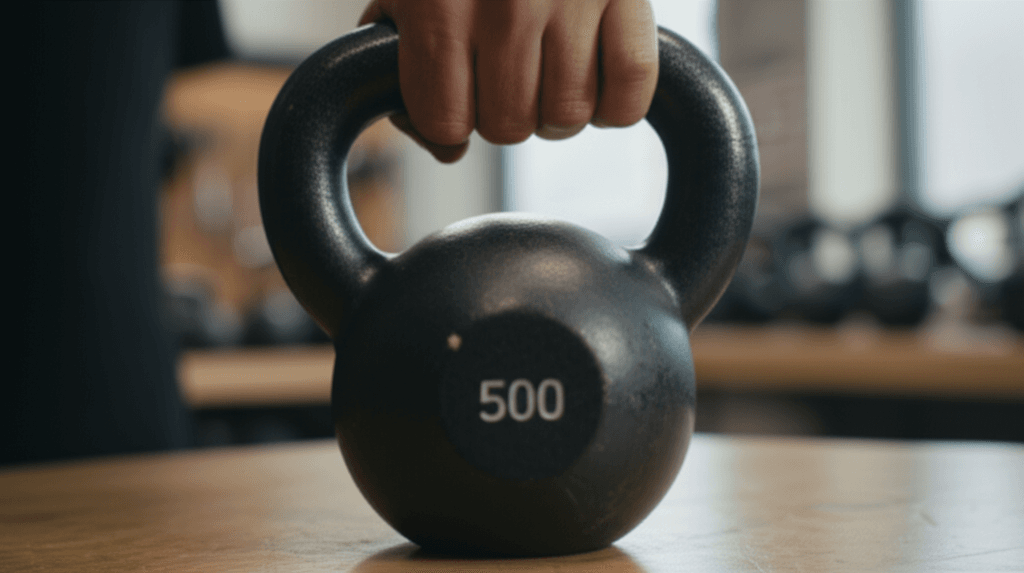
Understanding Kettlebell Types and Their Impact on Cost
The market offers various types of kettlebells, each with distinct characteristics that influence their functionality and price point. Recognizing these differences is the first step in making an informed purchase and identifying a true “deal.”
Cast Iron Kettlebells
Often considered the “classic” style, cast iron kettlebells are typically molded from a single piece of metal, making them durable and offering good value for money. For beginners, cast iron kettlebells are a popular and affordable starting point. The size and dimensions of these kettlebells, including the handle width, usually increase with their weight. While generally more affordable, it’s essential to check for single-piece molding to ensure durability, as cheaper versions might have welded handles that reduce their lifespan.
Competition Steel Kettlebells
Designed for competitive lifting, these kettlebells are made from steel and maintain a uniform size regardless of their weight. This standardized dimension ensures consistent ergonomics, preventing the kettlebell’s size from impacting performance as weight increases. Competition kettlebells often feature a slimmer handle, aligning with the bell’s circumference, and are ideal for competitive lifters or those focusing on one-armed movements. Due to the complexities in manufacturing and material costs, steel competition kettlebells tend to be more expensive than classic cast iron versions. They are frequently found in commercial gym settings.
Coated and Specialty Kettlebells
Beyond traditional cast iron and steel, kettlebells can come with various coatings and design features that affect their price and utility:
- Rubber-Coated Kettlebells: These have a protective rubber layer that helps safeguard floors but can increase the cost.
- Urethane Kettlebells: Higher priced due to the material, urethane kettlebells are known for their enhanced durability and resistance to wear.
- Vinyl-Coated Kettlebells: While often more affordable, vinyl-coated kettlebells may have weaker, flimsy, or uneven handles with sharp edges, making them harder to grip and balance. Many experts recommend avoiding plastic or vinyl varieties due to comfort and quality concerns.
- Adjustable Kettlebells: These offer the convenience of multiple weights in one unit, saving space and money by eliminating the need for numerous individual kettlebells. However, some adjustable models can be awkward to use or unbalanced, which might affect exercises requiring smooth, ballistic movements.
- Ergonomic Handles and Textured Grips: Premium features like these can enhance comfort and safety during workouts, contributing to a higher price.

Key Factors Influencing Kettlebell Pricing
Several elements contribute to the final cost of a kettlebell, and understanding them helps in evaluating whether a “deal” truly offers value:
Material and Construction Quality
As discussed, the material—whether cast iron, steel, or coated—significantly impacts the price. Single-piece casting, without welds, is a hallmark of quality and ensures durability, even if it comes at a slightly higher cost.
Brand Reputation
Well-known brands in the fitness industry, such as Rogue Fitness or Kettlebell Kings, often command a premium due to their established reputation for high-quality products. While lesser-known brands might offer lower prices, it’s crucial to assess if quality is being compromised.
Design and Features
Additional features like ergonomic handles, textured grips, or specific coatings for floor protection can add to the kettlebell’s price. The design of the handle, including its width and smoothness, is critical for comfort and effectiveness, especially for two-handed movements. A flat base is also a desirable feature for stability and storage.
Retailer and Sales Channels
Where a kettlebell is purchased can also influence the price, with online stores often offering more competitive pricing than brick-and-mortar retailers. Major sales events like Prime Day or other large fitness exhibitions are common times to find discounts.

How to Identify a Genuine Kettlebell Deal
Finding a “deal” isn’t just about the lowest price; it’s about acquiring a quality product that meets your needs at a favorable cost.
Research and Compare
Before purchasing, research different brands, types, and materials. Compare prices across multiple retailers, both online and in physical stores. Look beyond the initial discount to the overall value, considering the kettlebell’s material, construction, and brand reputation.
Understand Your Needs
Consider your fitness goals and experience level when choosing a kettlebell. Beginners typically start with lighter weights, such as 12-16 kg for men and 8-12 kg for women, gradually increasing as strength improves. For general fitness, a few kettlebells in a range of weights (e.g., 16-32 kg) might be ideal, or an adjustable kettlebell could be a cost-effective alternative.
Prioritize Quality Construction
Opt for kettlebells made from cast iron or steel with a single-piece construction for longevity. Avoid models with sharp edges, overly narrow handles, or those made from flimsy plastic, as these can compromise safety and comfort during workouts. A powder-coated finish is often recommended for a good grip and resistance to rust.
Leverage Sales Events
Keep an eye out for major sales events, which can offer significant discounts on fitness equipment. While specific “Prime Day” deals are time-sensitive and will not be ongoing, the principle of leveraging large sales events like Black Friday, Cyber Monday, or specific fitness expos (like HomeGymCon or HFA Exhibition) remains a valid strategy for securing good prices on kettlebells and other fitness gear. Retailers often have “all deals” sections where kettlebells may be listed.
Consider Sets and Bundles
Sometimes, purchasing a kettlebell set or a bundle of various weights can offer better per-unit pricing than buying individual kettlebells. This is particularly useful if you plan to progress in weight or incorporate a variety of exercises that require different resistances.
By focusing on quality, understanding the factors that drive cost, and strategically timing purchases during major sales, fitness enthusiasts can effectively navigate the market to find and secure top-value kettlebells that support their training goals for years to come.


